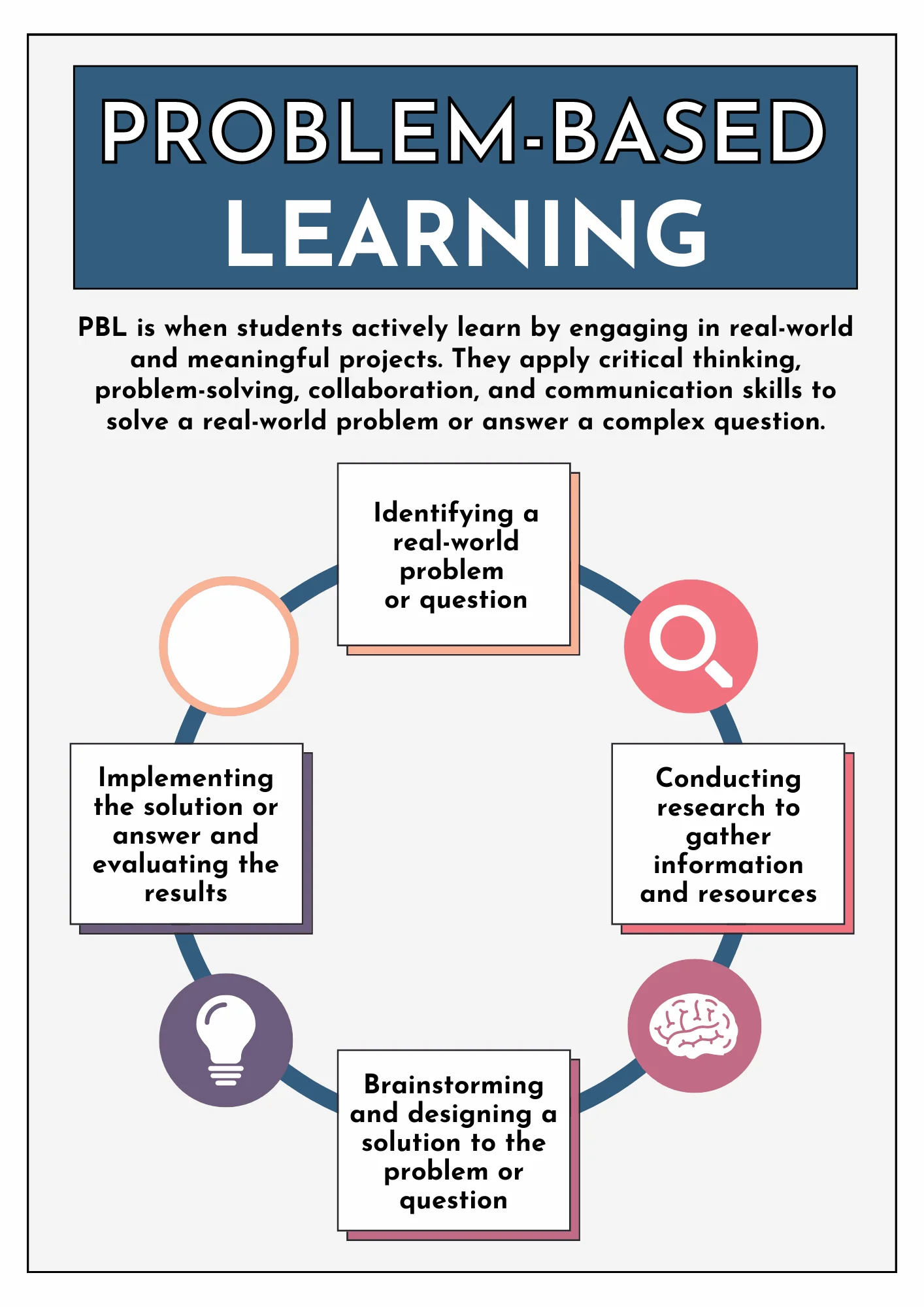Exploring Extreme Heat Science: Five Resources for Educators on Climate Change #tcea #tceajmg

All over the world, people are longing for a cool breeze to relieve the extreme heat. As school begins, it’s important to learn about extreme heat. It is sobering to think that this summer may be one of the coolest ones that people experience from this point on.
Read more
Heat Science a la Hemingway
In the late summer, the world grew hotter. The ice melted, the seas rose, and the heat waves came more often. Scientists measured the heat stress in the sunlight using a complex formula. They called it the Wet Bulb Globe Temperature. It took into account the temperature, humidity, wind speed, sun angle, and cloud cover. The cloud cover told them about the solar radiation. In the shade, they used the Heat Index, which considered only the temperature and humidity. The world was changing, and they measured it all. (Source: An amazing revision a la Hemingway via Perplexity.ai, which rewrote of my original glossary of terms).
Resources
A round up of websites raw data and graphs:
- Centers for Disease Control and Prevention (CDC) Heat and Health trackers
- Climate and Health Outlook, Heat.gov
- Climate Prediction Center Probabilistic Extremes, Heat.gov
- Extreme Heat Vulnerability Mapping Tool, Heat.gov
- Heat and Health Tracker, Heat.gov
- National Environmental Public Health Tracking Network
- Climate Change Tracker, Washington Post
- NOAA Climate Data Online
- NASA’s Climate Time Machine
-
- Meadows Center Lessons on Weather vs Climate (TEKS-aligned)
- National Science Teaching Association (NSTA)
- National Center for Science Education
- Think Earth Environmental Education Foundation
A Personal Note: One of my favorite blog entries was this one. I learned quite a bit about the science behind heat. Now, I’m re-reading it to remember. It’s ironic that I used AI, which is stressing the environment with its water usage and more, to revise a portion of it.